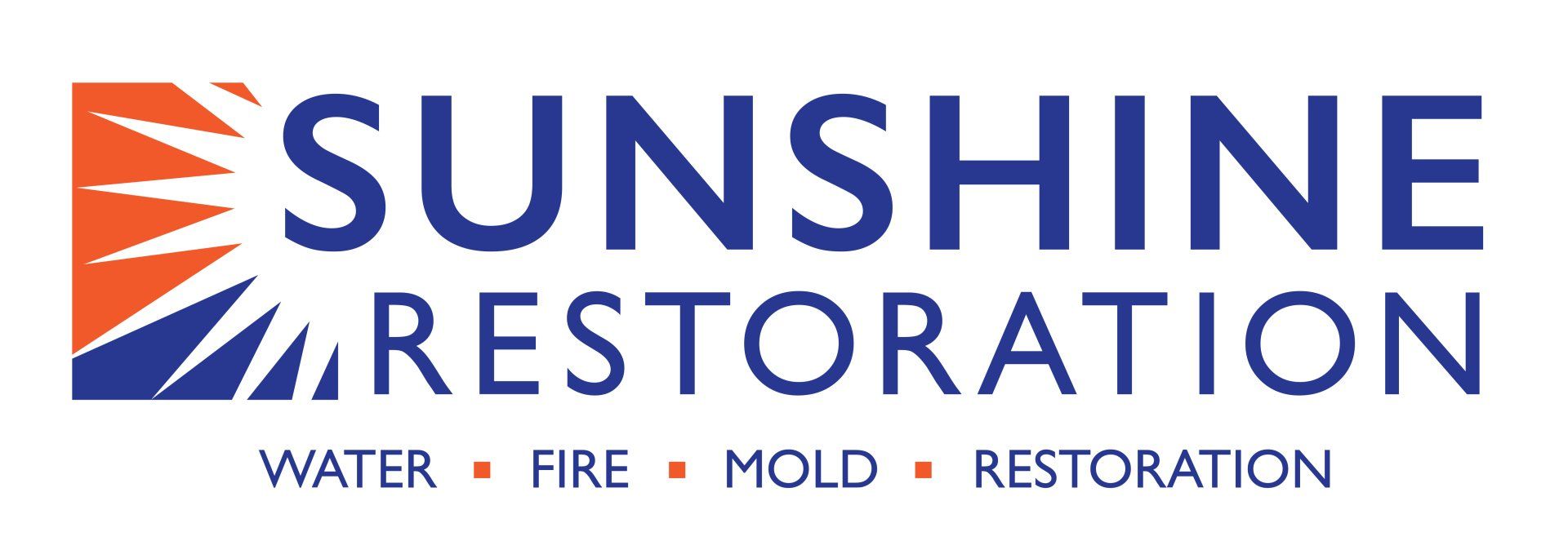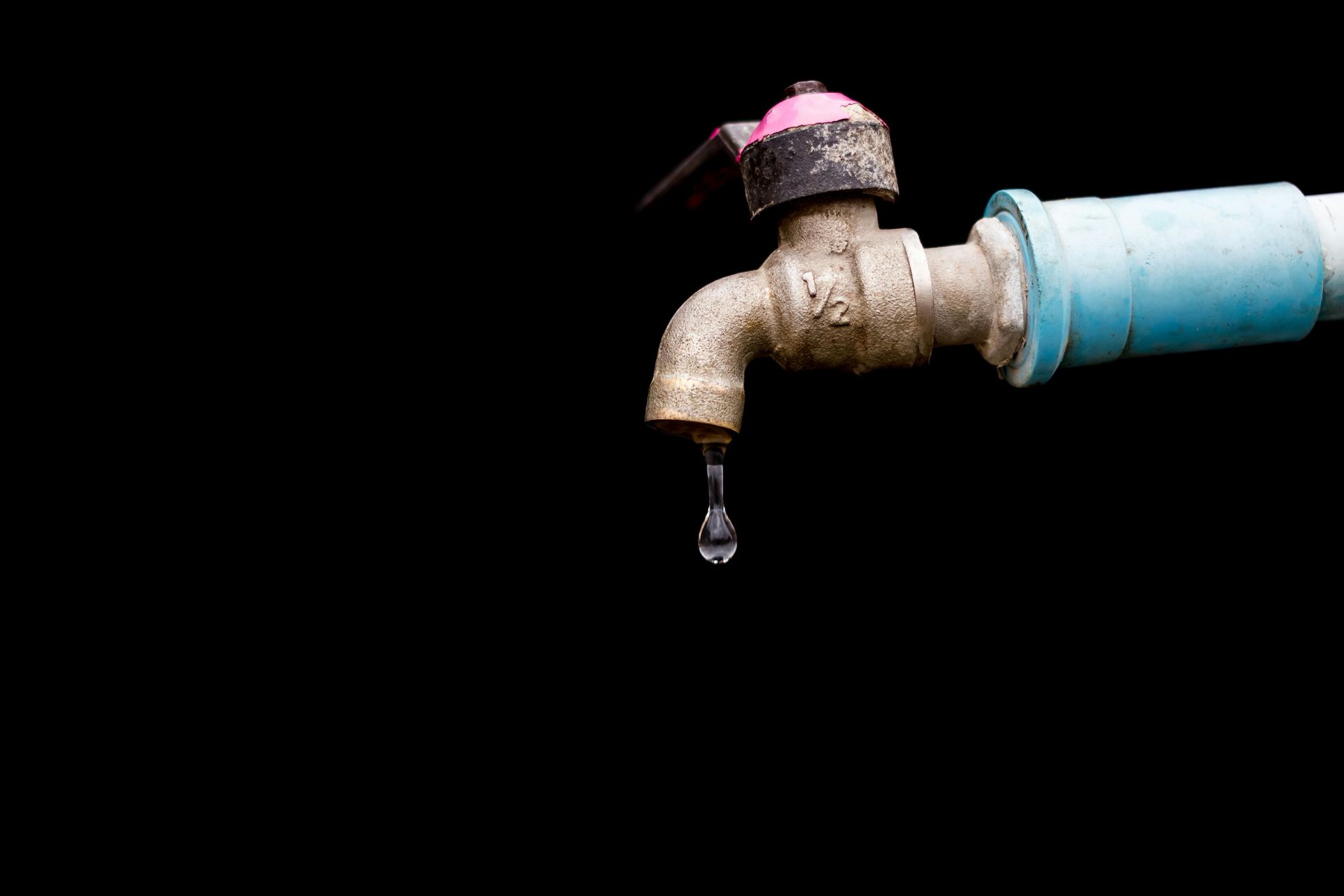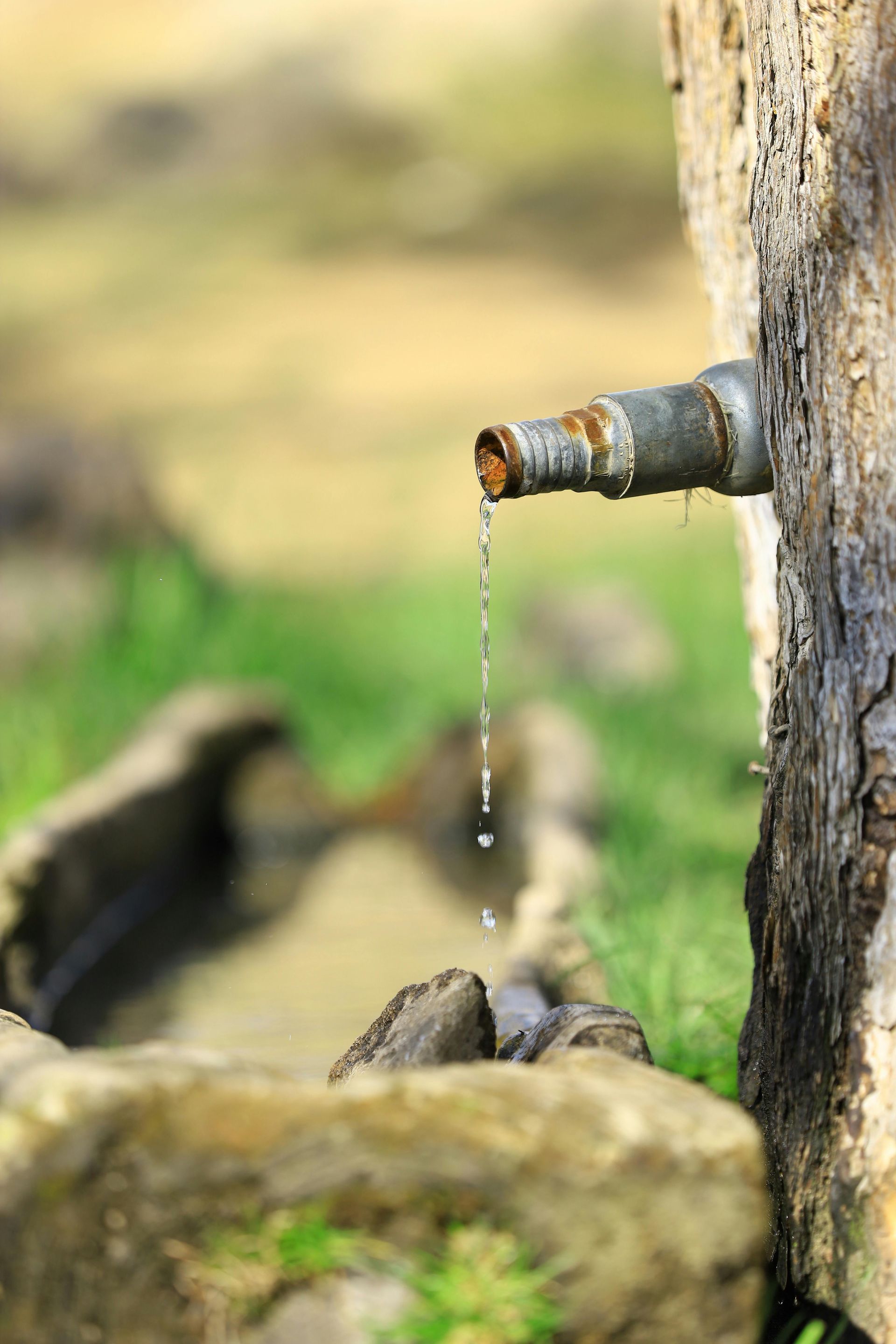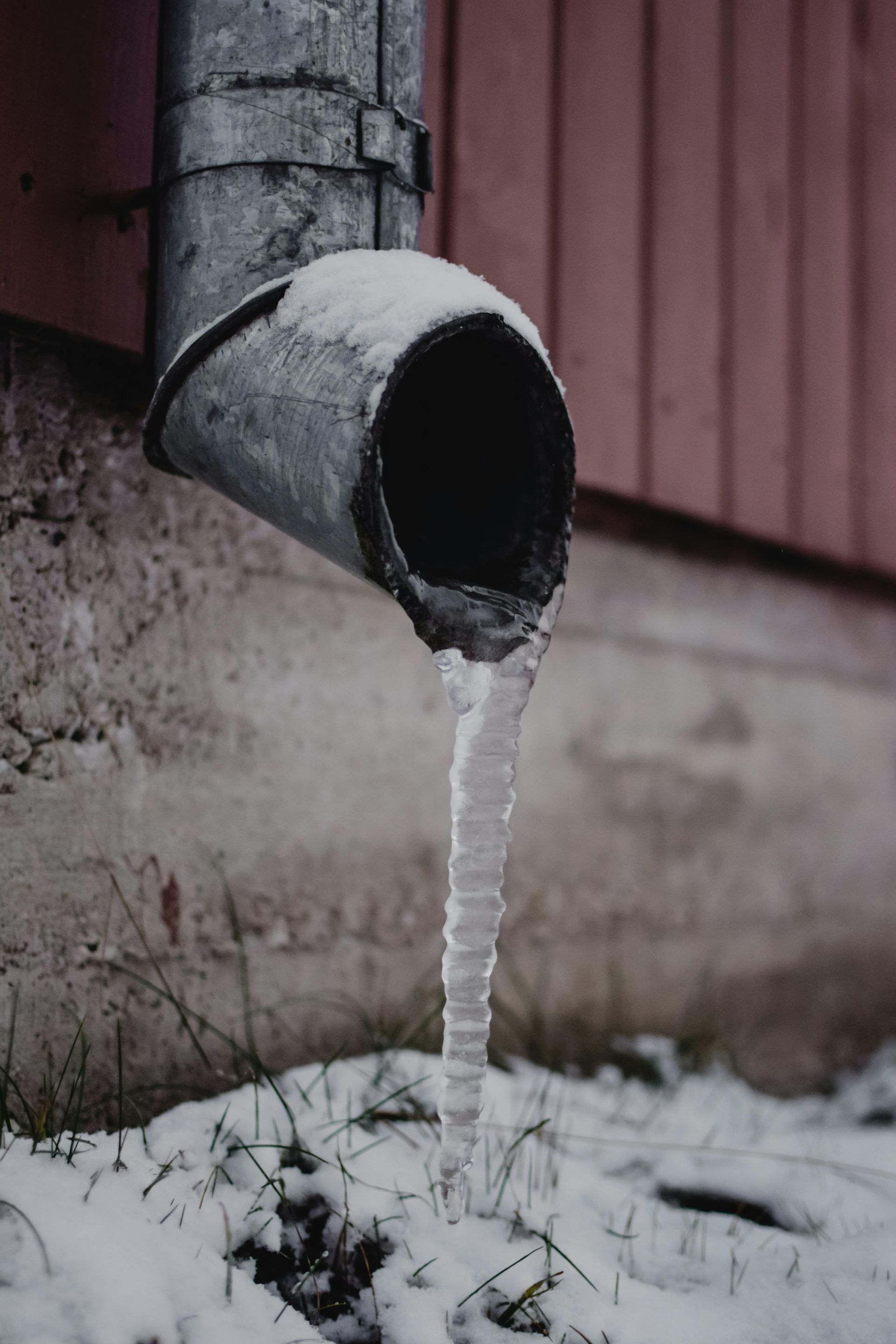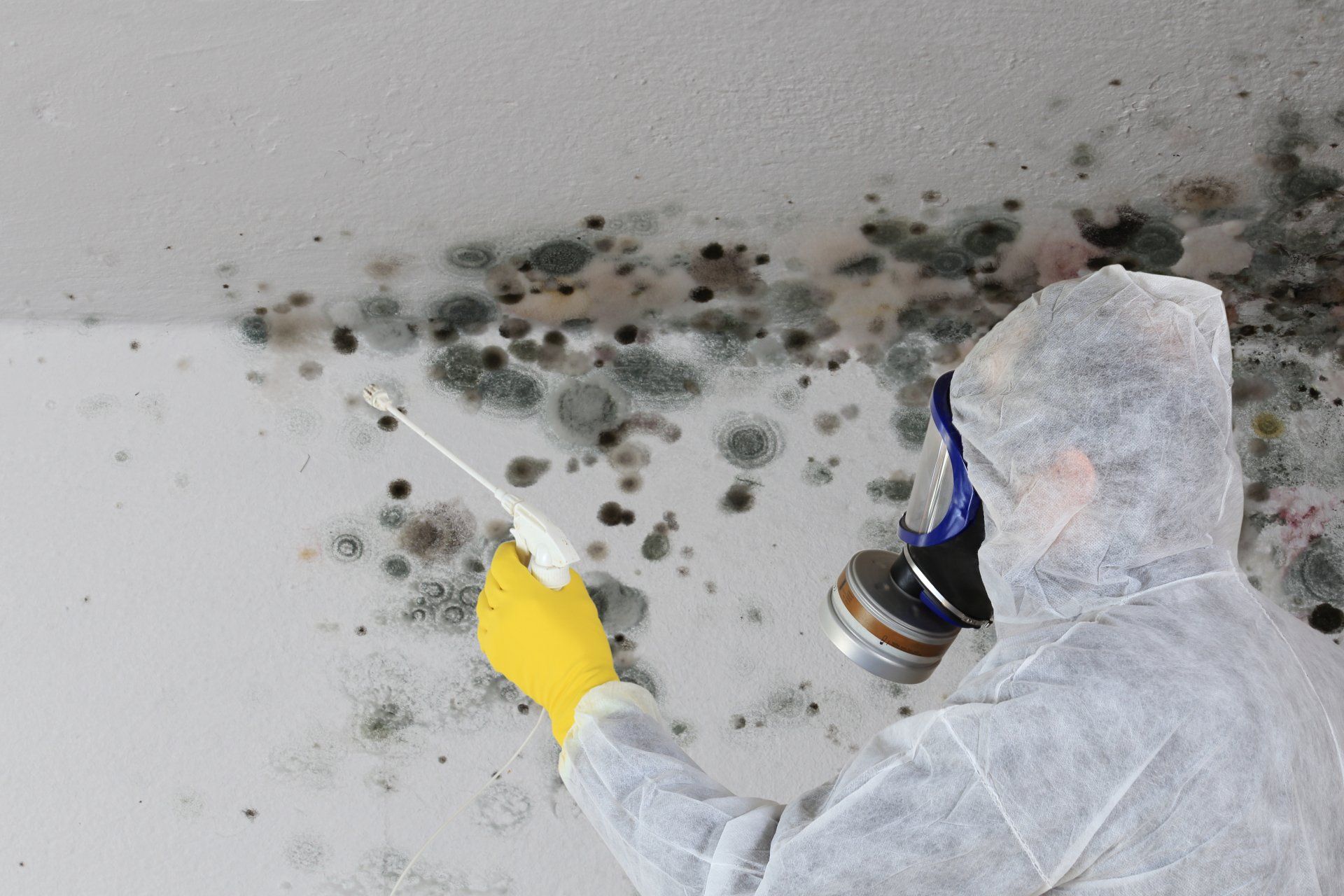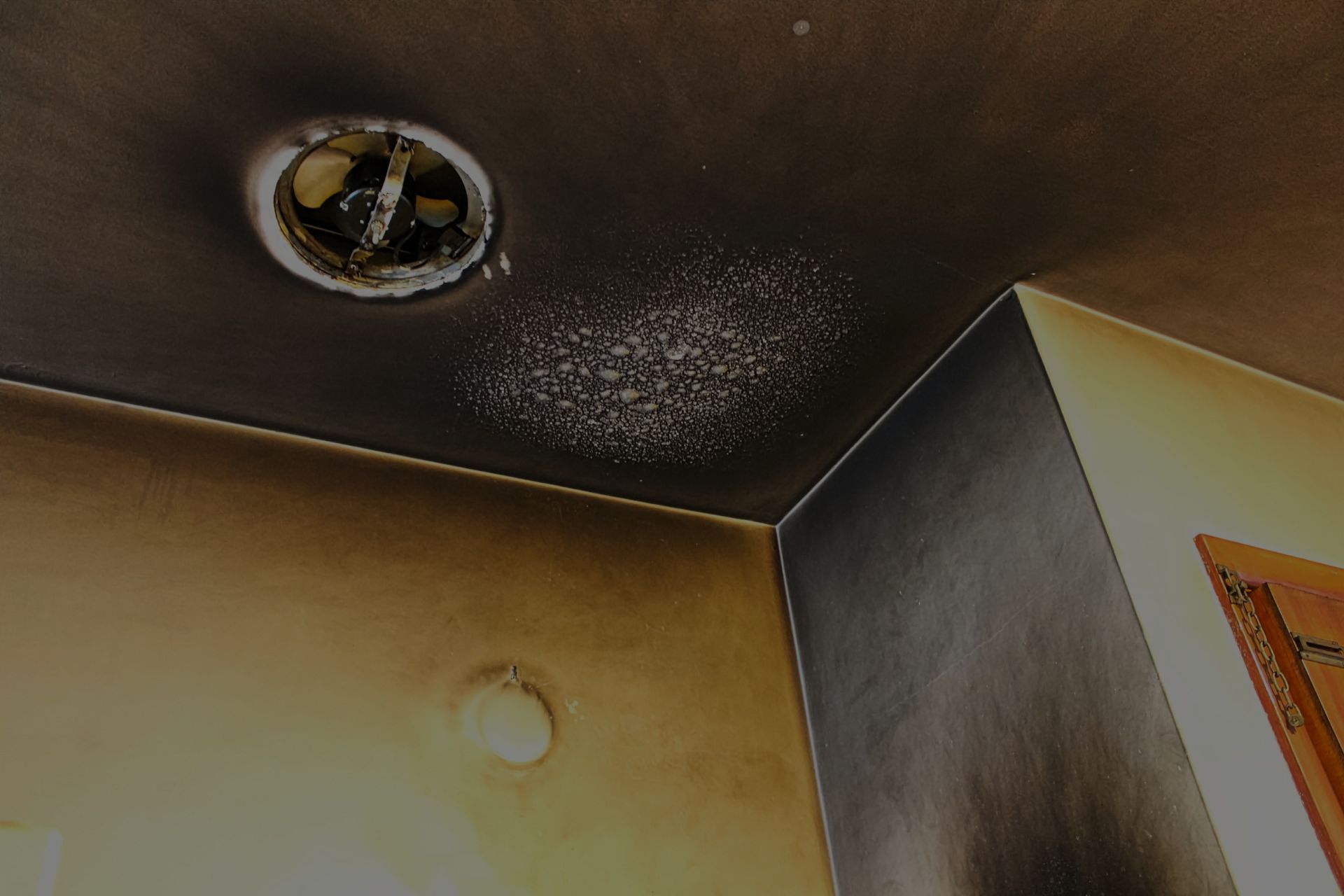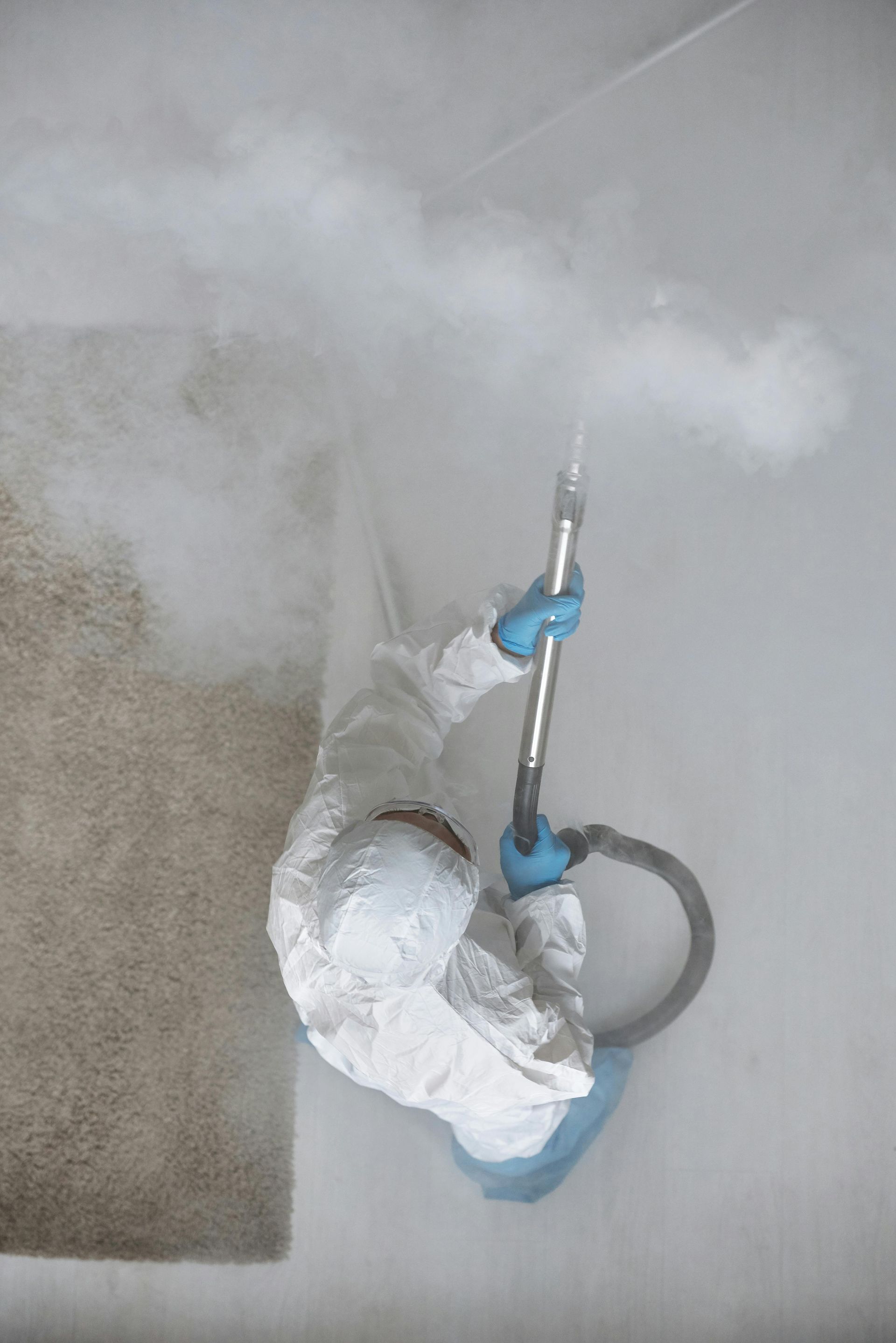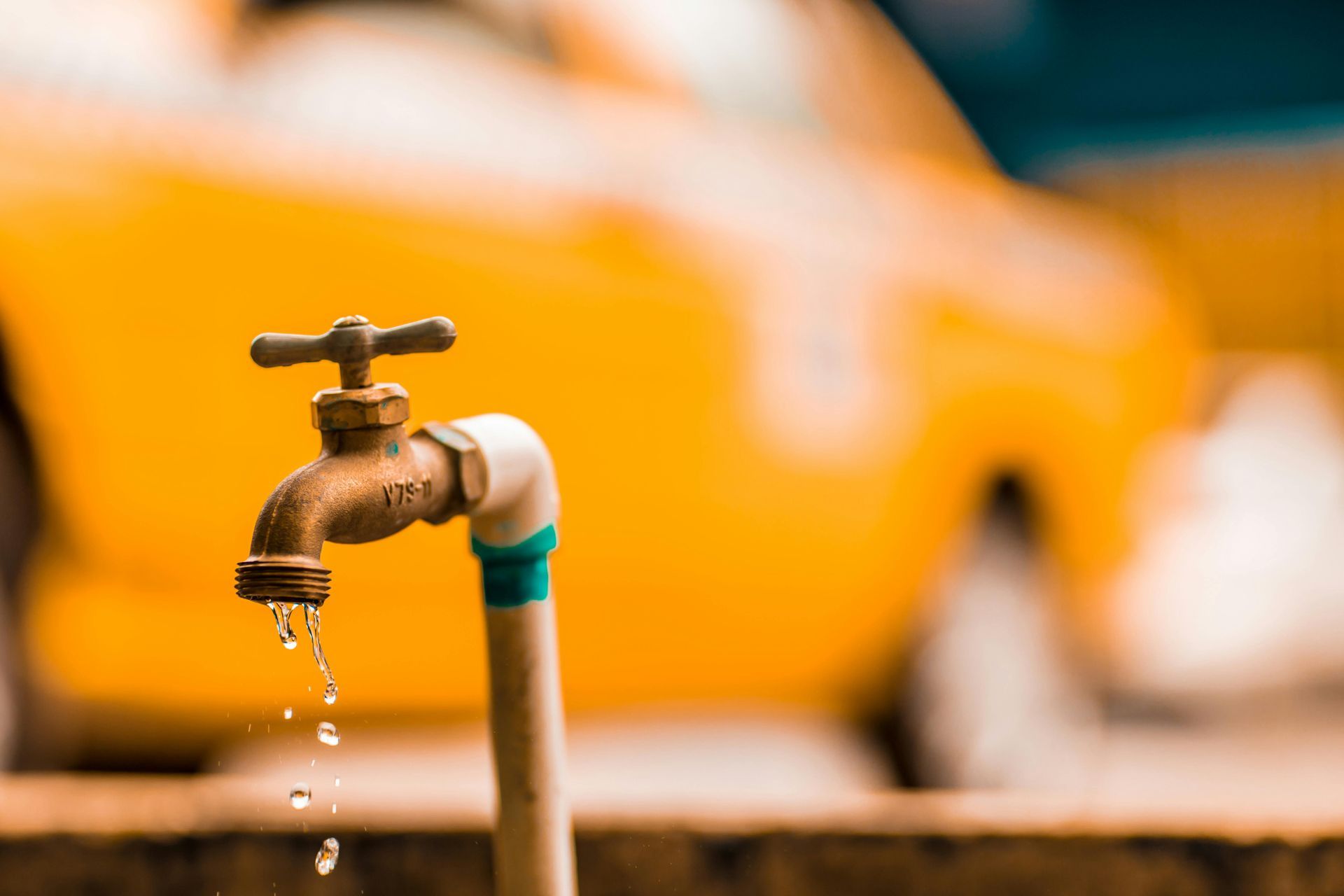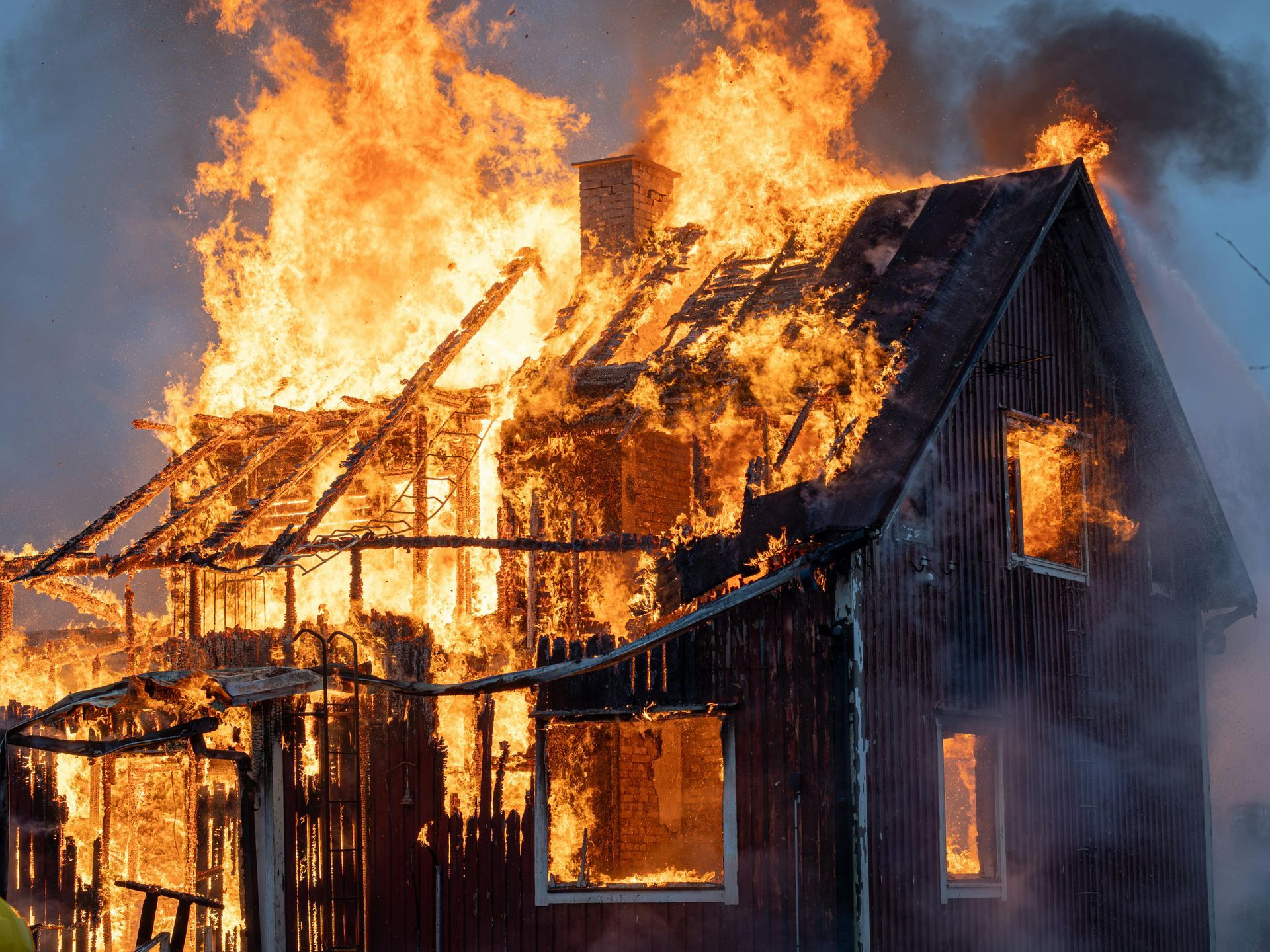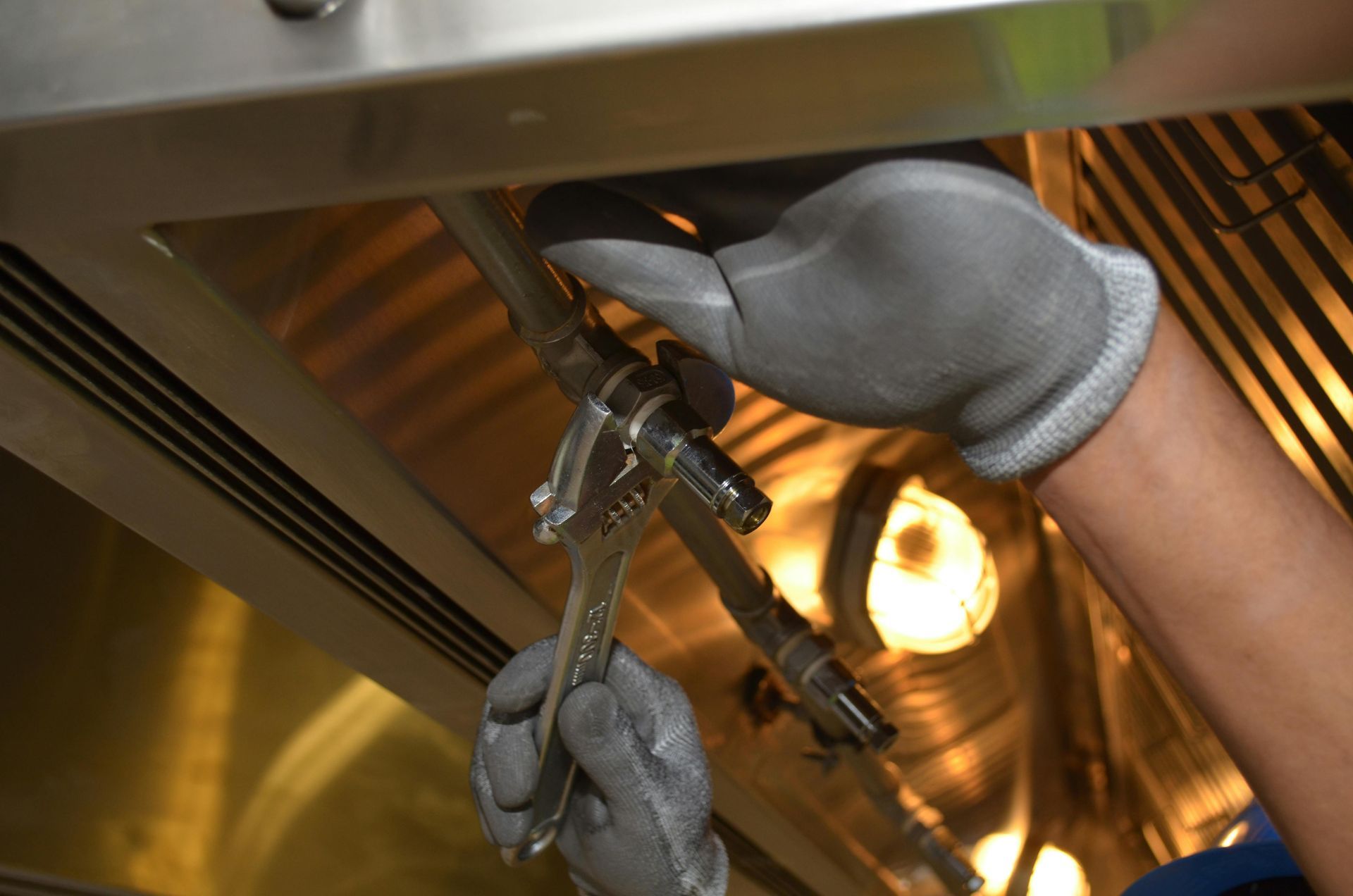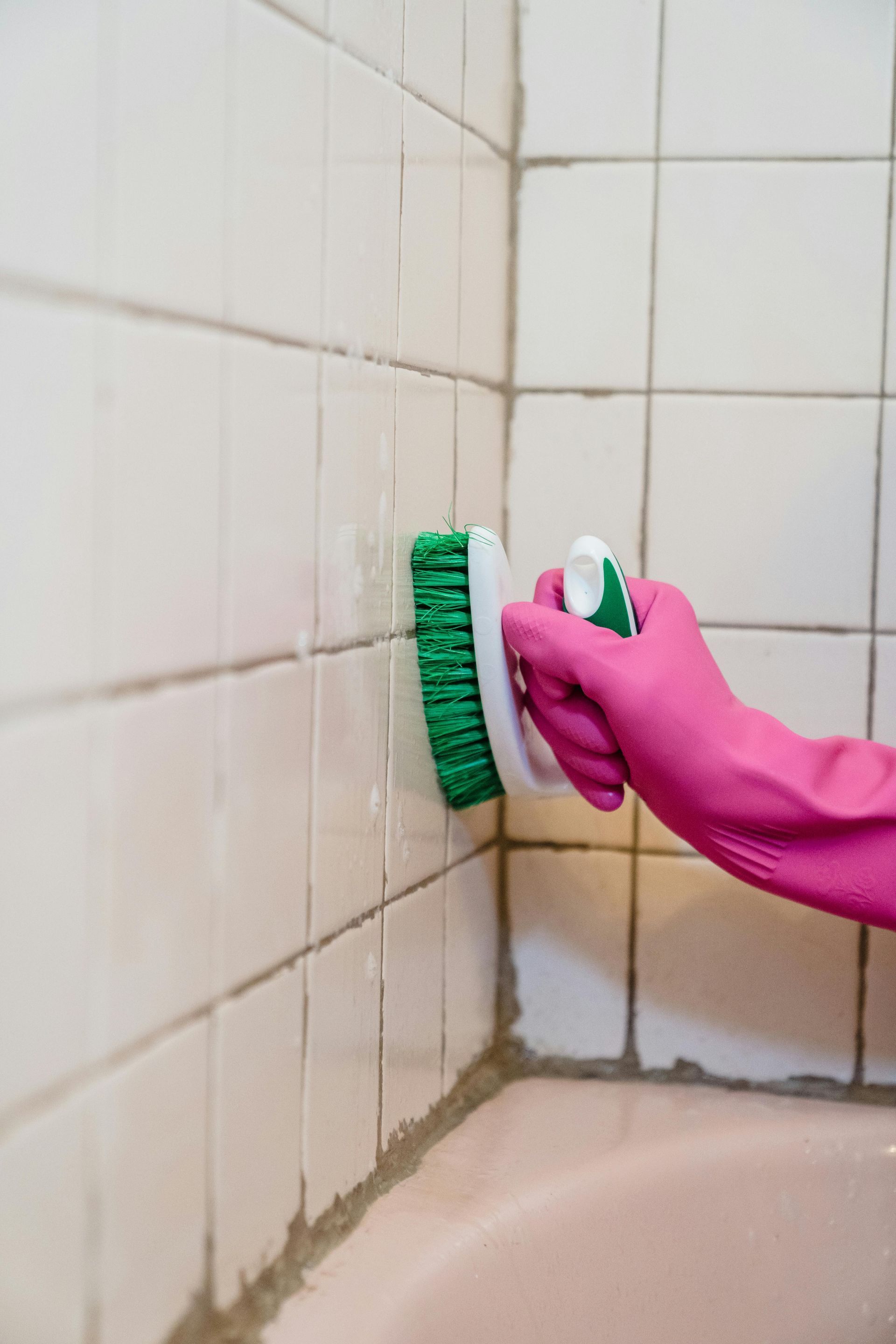Understanding the Different Types of Fire Damage
Understanding the Different Types of Fire Damage
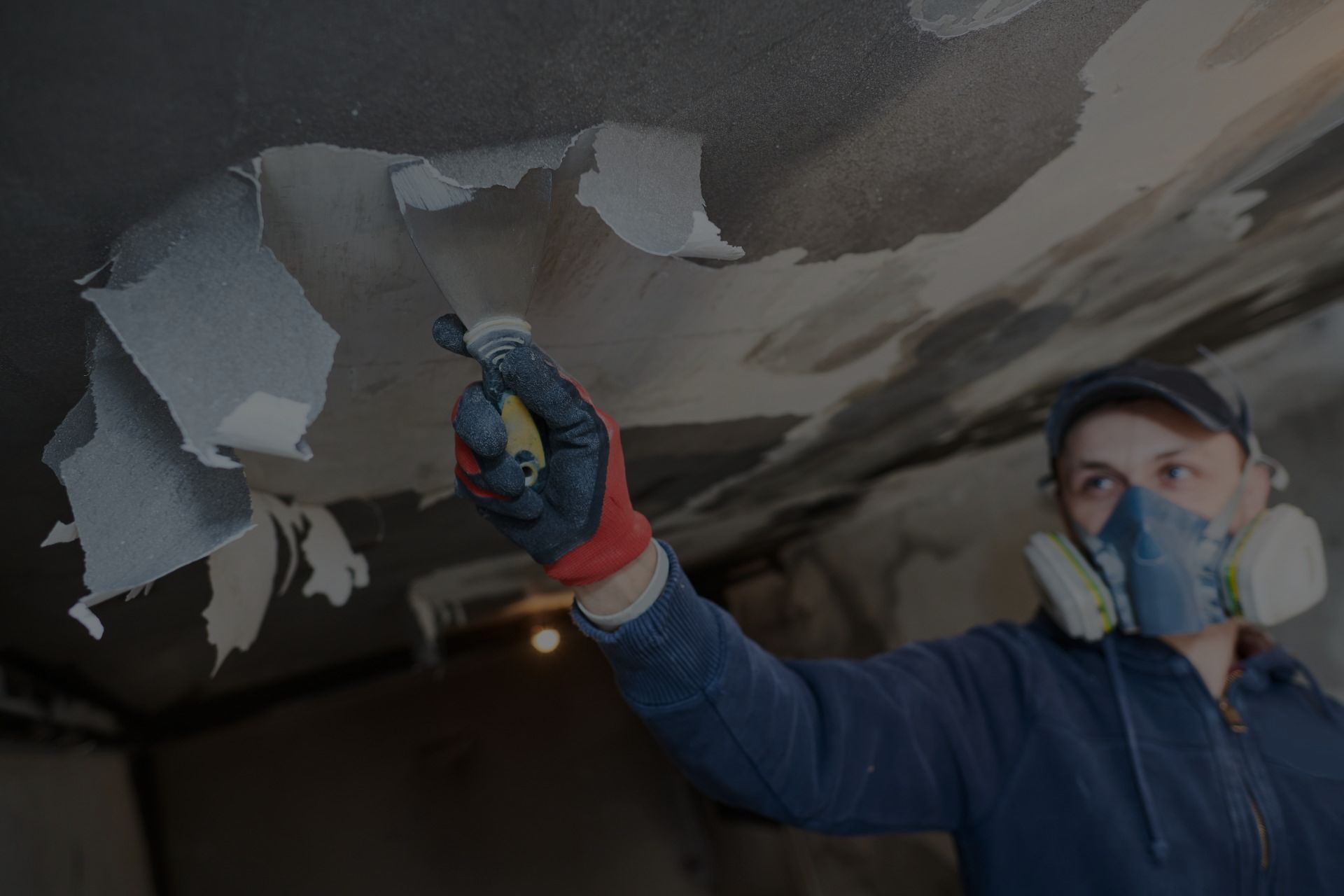
Fire incidents are alarmingly prevalent and can wreak havoc on properties, leaving homeowners, insurance adjusters, and restoration professionals grappling with the aftermath. Understanding the types of fire damage—including the classes of fire, types of smoke, and unique characteristics of different fire types—is crucial in implementing effective restoration strategies. This article will delve into the various types of fire damage, explore the implications of each kind of fire, and provide insights into effective fire damage cleanup and restoration after a fire incident.
The Key Types of Fire Damage
Fire damage varies significantly based on factors such as the source of the fire, the materials involved, the duration of the fire, and the type of smoke produced:
Structural Damage
Structural damage is often the most visible form of fire damage. Fires can char wood frames, weaken steel reinforcements, and crack concrete foundations. This damage can manifest in several ways, including visibly charred frames, walls that are no longer structurally sound, and compromised foundations that may threaten the overall stability of the building. It's crucial to assess and address these structural issues promptly to ensure the safety of the occupants and the longevity of the building.
Smoke and Soot Damage
Smoke damage is highly variable and can be categorized into four main types: wet, dry, protein, and fuel oil soot smoke. Wet smoke, resulting from low-temperature fires, leaves a sticky residue and strong odors. Dry smoke from high-temperature fires leaves fine powdery soot. Protein smoke, often invisible, discolors paints and varnishes, and fuel oil soot result from furnace puff backs. All pose potential health risks, particularly respiratory issues, and require immediate and professional
fire damage cleanup to avoid permanent damage to surfaces and materials. A proper understanding of the type of smoke damage aids in effective restoration after a fire.
Water and Mold Damage
In extinguishing flames, firefighting efforts can inadvertently cause
water damage. Large volumes of water used can soak into walls, ceilings, and floors, leading to potential structural weakness. Moreover, if left unaddressed, the damp environment becomes an ideal breeding ground for mold. Mold can pose significant health risks and further damage the property. Swift and thorough drying after a fire is essential to prevent mold growth. If mold is discovered, professional remediation is required to remove the mold safely and mitigate potential health risks.
Electrical Damage
Electrical damage is another common aftermath of fires. The heat can melt wires, damage circuits, and compromise the safety of the entire electrical system. This type of fire damage is particularly daunting as it poses a risk of electrical shocks or even subsequent electrical fires if not promptly addressed. Therefore, following a fire, it's critical to have the electrical system thoroughly inspected and repaired by certified electricians. Understanding this kind of fire damage is essential to ensure the safety of occupants and the successful restoration of the property post-fire.
Chemical Damage
Chemical damage is the result of materials that combust or are exposed to extreme heat, releasing potentially hazardous substances. These residues pose both health and environmental risks, necessitating specialized cleaning and disposal methods. Chemical fire damage can include the release of harmful gases, toxic ash, or corrosive residues that can cause further deterioration of property and potential health hazards. Understanding the specific type of chemical damage helps implement suitable cleanup strategies, ensuring a safe and thorough restoration after a fire.
How is Fire Damage Assessed
The initial assessment of fire damage involves a careful and thorough inspection of the property by professionals. These experts evaluate the extent of structural, smoke, and other damages caused by different classes of fire. State-of-the-art technology like
thermal imaging and moisture meters are often employed to detect hidden damage, such as unseen water damage or spots of intense heat damage. This initial assessment is crucial in guiding the subsequent fire damage cleanup and restoration process, ensuring no damage is overlooked, and the property is safely restored to its pre-fire condition.
Fire Damage Restoration Process
The fire damage restoration process is a multi-step procedure that requires professional expertise:
- Initial Cleanup: Involves removal of debris, soot, and damaged materials. This step paves the way for further restoration activities.
- Assessment of Smoke and Soot Damage: Understanding the type of smoke damage helps determine the cleaning strategies.
- Water and Mold Remediation: Any residual water from firefighting efforts is removed, followed by mold detection and remediation if necessary.
- Repair and Restoration: Structural and cosmetic repairs are conducted, bringing the property back to pre-fire condition.
- Final Inspection: Ensures the restoration work is completed to industry standards.
Can Fire Damage Be Prevented?
Fire damage can often be prevented through proactive measures. Regular maintenance of electrical systems, heating devices, and appliances helps reduce the risk of fires originating from such elements. Equipping your property with functioning fire alarms, which should be tested regularly, is essential for early detection and mitigation of fires. Creating and practicing a fire safety plan, including identifying evacuation routes and establishing a safe meeting point outside the building, is crucial for ensuring the safety of occupants during a fire. These preventive steps significantly enhance safety and minimize potential fire damage.
Next Steps After Fire Damage: Moving Forward
Dealing with fire damage can be overwhelming. At
Sunshine Restoration, we offer comprehensive fire damage cleanup and restoration services tailored to your unique circumstances. Our experienced professionals are equipped to handle all types of fire and smoke damage, ensuring your property is safely and quickly restored. Don't face the aftermath of a fire alone. Contact us today, and let us help you move forward from this challenging time. Your recovery is our priority.
OUR BENEFITS
The Sunshine Restoration Experience
CUSTOMER SERVICE
If you have a restoration disaster, our team is available 24/7/365 to help you.
45 Minute On-Site
Our restoration crews will make it out to your property on average within 45 minutes.
LOCALLY OWNED
Sunshine Restoration is a locally owned and operated business in the heart of Charlotte, NC.
RESIDENTIAL & COMMERCIAL
We can tackle any restoration job, no matter how large or how big.
BROWSE
CONTACT
1101 - A Technology Drive, Indian Trail, NC 28079
BUSINESS HOURS
- Mon - Sun
- Open 24 Hours
